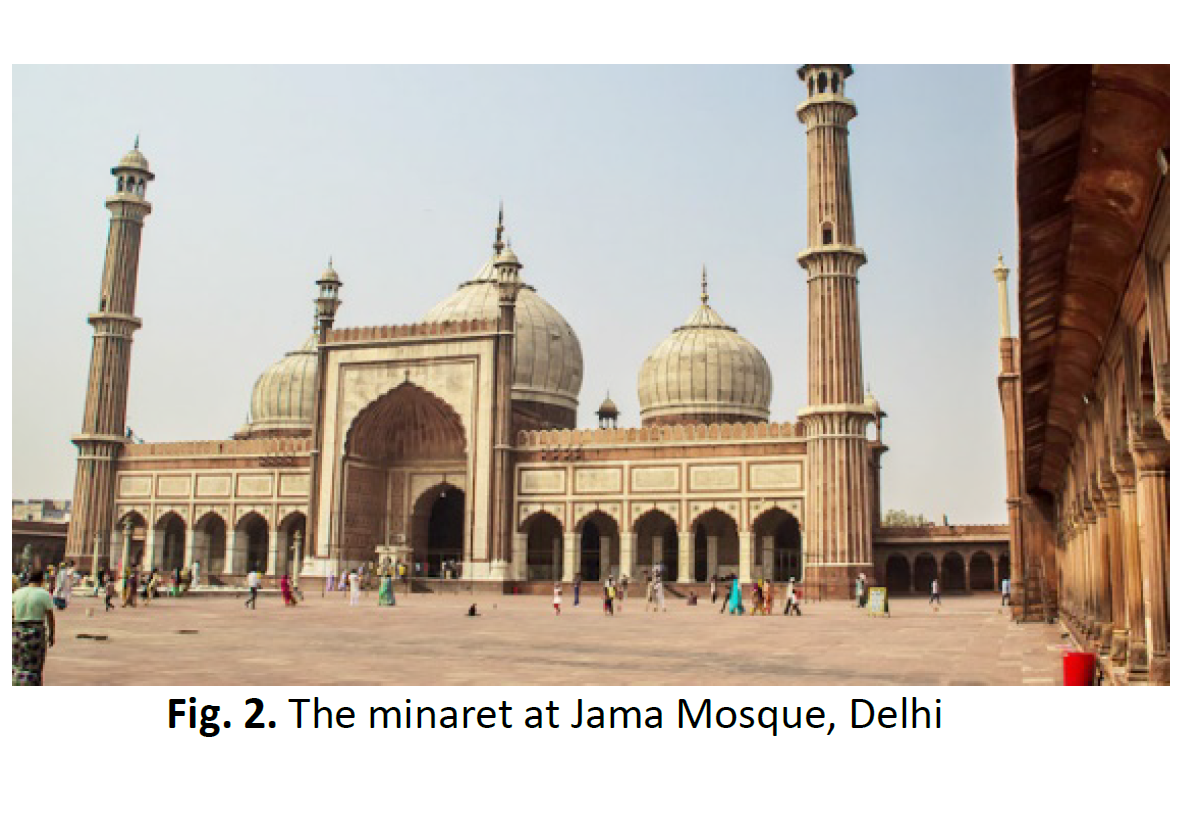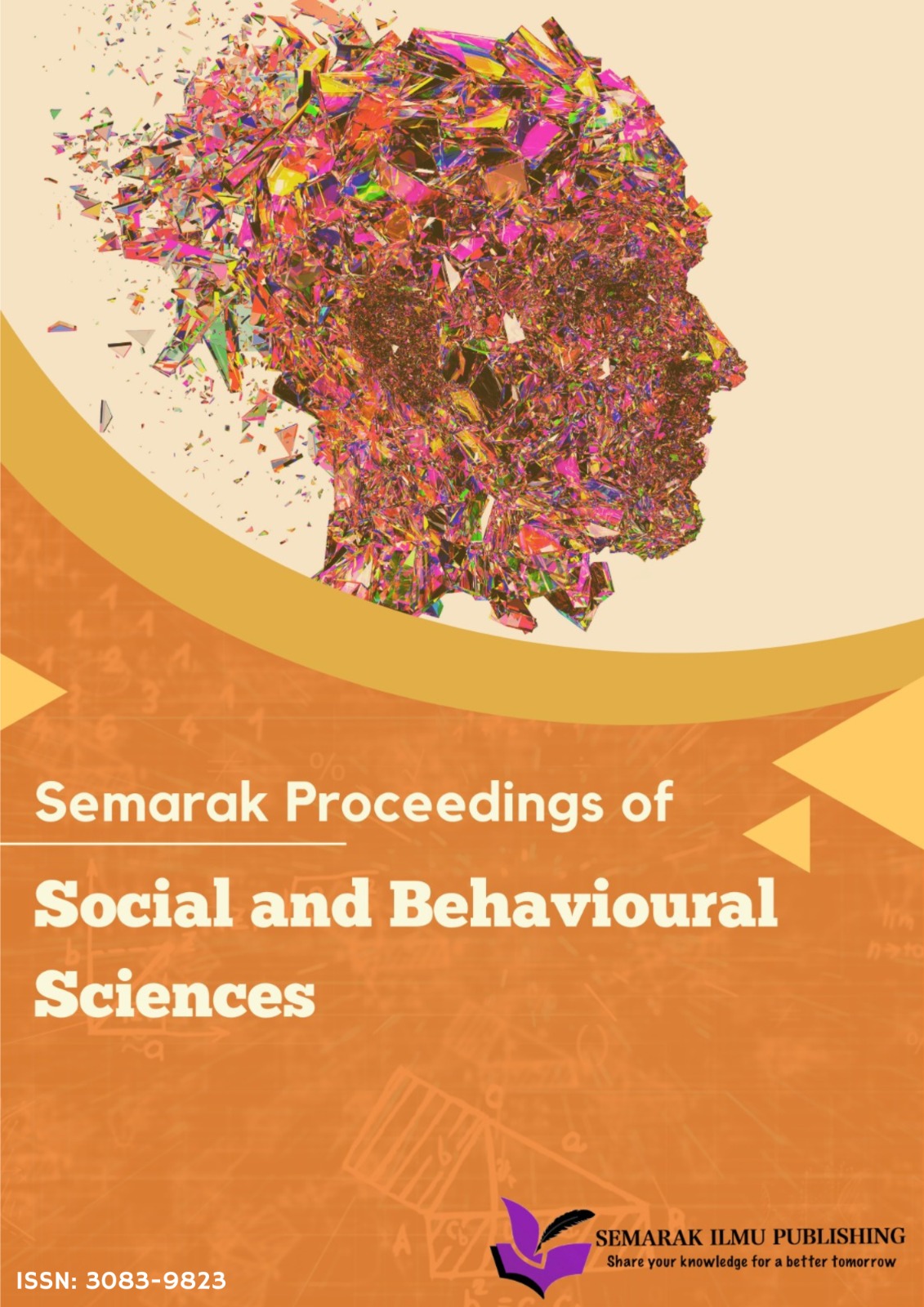Exploring the Mughal Styles of Colonial Mosque in Johor
DOI:
https://doi.org/10.37934/spaset1.1.126133aKeywords:
Colonial mosques, Malaysian colonial era, Mughal architecture, mosques, component, introductionAbstract
Malaysian architecture has undergone significant transformation, shaped by diverse cultural influences that contribute to the nation’s rich heritage. During the British Malaya period, various foreign architectural styles, including Mughal elements integral to Islamic architectural traditions, converged within the local landscape. This study focuses on Johor, a pivotal region under British colonial rule, where these influences were particularly evident in mosque architecture. This evolution led to intricate public structures that contribute to the country's cultural heritage, though sometimes resulting in stylistic blends that can appear complex. The study specifically aims to identify Mughal architectural styles that influenced the design of colonial mosques in Johor, with Masjid Sultan Abu Bakar in Johor Bahru as the primary case study. Employing historical analysis and direct observation, the research explores Mughal architectural adaptations in public structures. Through a detailed review of secondary sources, the research first examines the history of Mughal architecture and its adaptation in Johor, followed by observational analysis of the mosque itself. The findings offer a comprehensive review, providing refined insights into the Mughal architectural styles embedded in the design of Masjid Sultan Abu Bakar, Johor Bahru.









